Description
Halogens, located in Group 17 of the periodic table, are a group of five highly reactive elements consisting of fluorine, chlorine, bromine, iodine, and astatine. These elements are known for their electronegativity and reactivity, particularly fluorine, which is the most reactive and electronegative of all elements. Halogens are unique in that they are found in all three states of matter at room temperature: fluorine and chlorine are gases, bromine is a liquid, and iodine and astatine are solids.
The term “halogen” means “salt-former,” which reflects their tendency to form salts when they react with metals. For example, sodium chloride, commonly known as table salt, is a compound of chlorine. Halogens have seven electrons in their outermost shell, making them one electron short of a full octet. This drives them to gain an electron in chemical reactions, forming anions (negatively charged ions).
Their reactivity decreases down the group, with fluorine being the most reactive and astatine the least. Halogens have various applications in industry and everyday life. For instance, fluorine is used in toothpaste and Teflon coatings, chlorine in water purification and the production of plastics like PVC, and bromine in fire retardants. Iodine is essential in human nutrition, preventing goiter, and is used as a disinfectant in medical settings.
Halogens can be hazardous; for example, chlorine and fluorine gases are toxic and corrosive. Nonetheless, their unique chemical properties make them invaluable in many chemical reactions and applications. The distinctive nature of halogens, with their vivid reactivity and diverse uses, highlights the rich variability of elements in the periodic table.
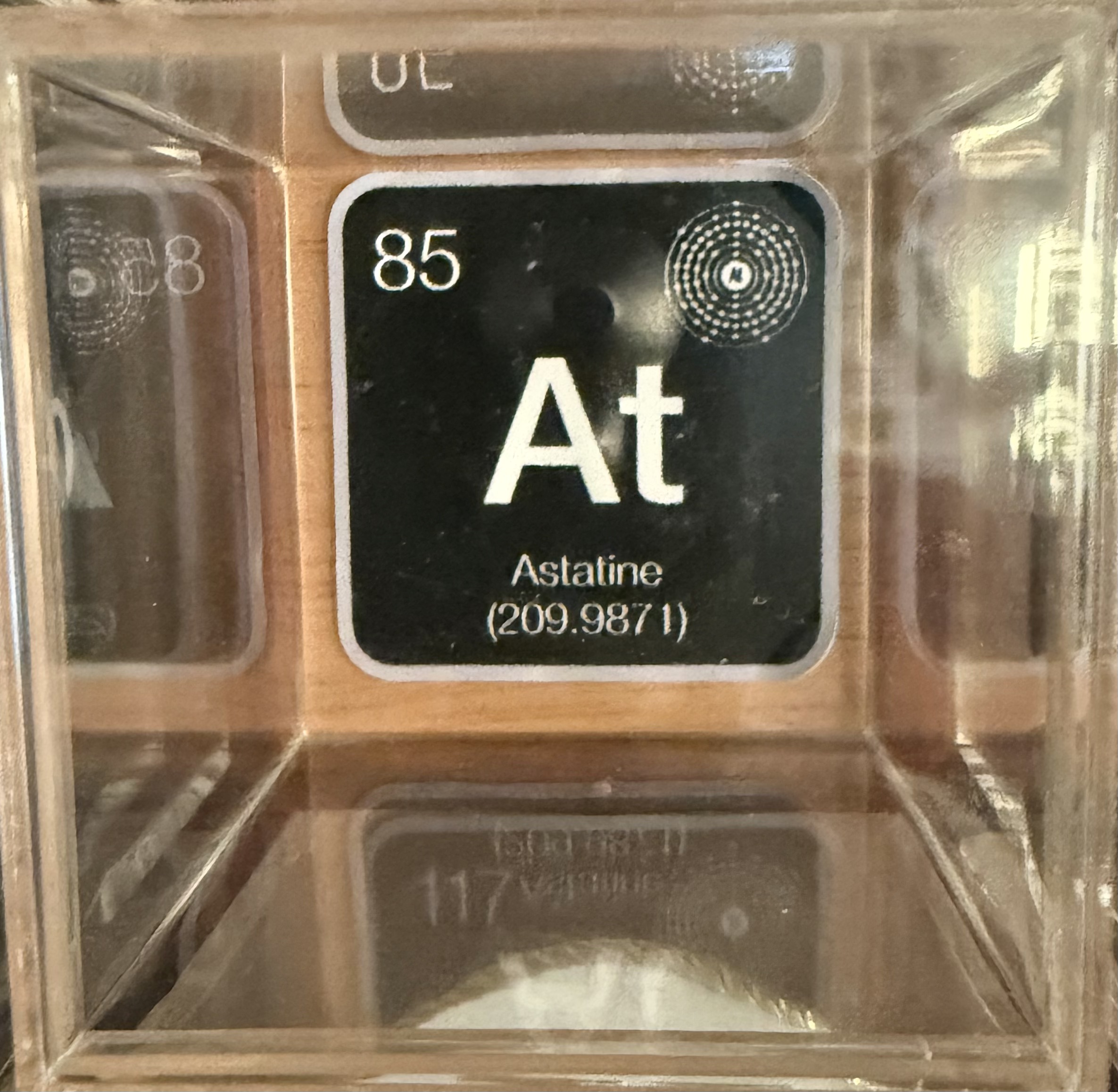
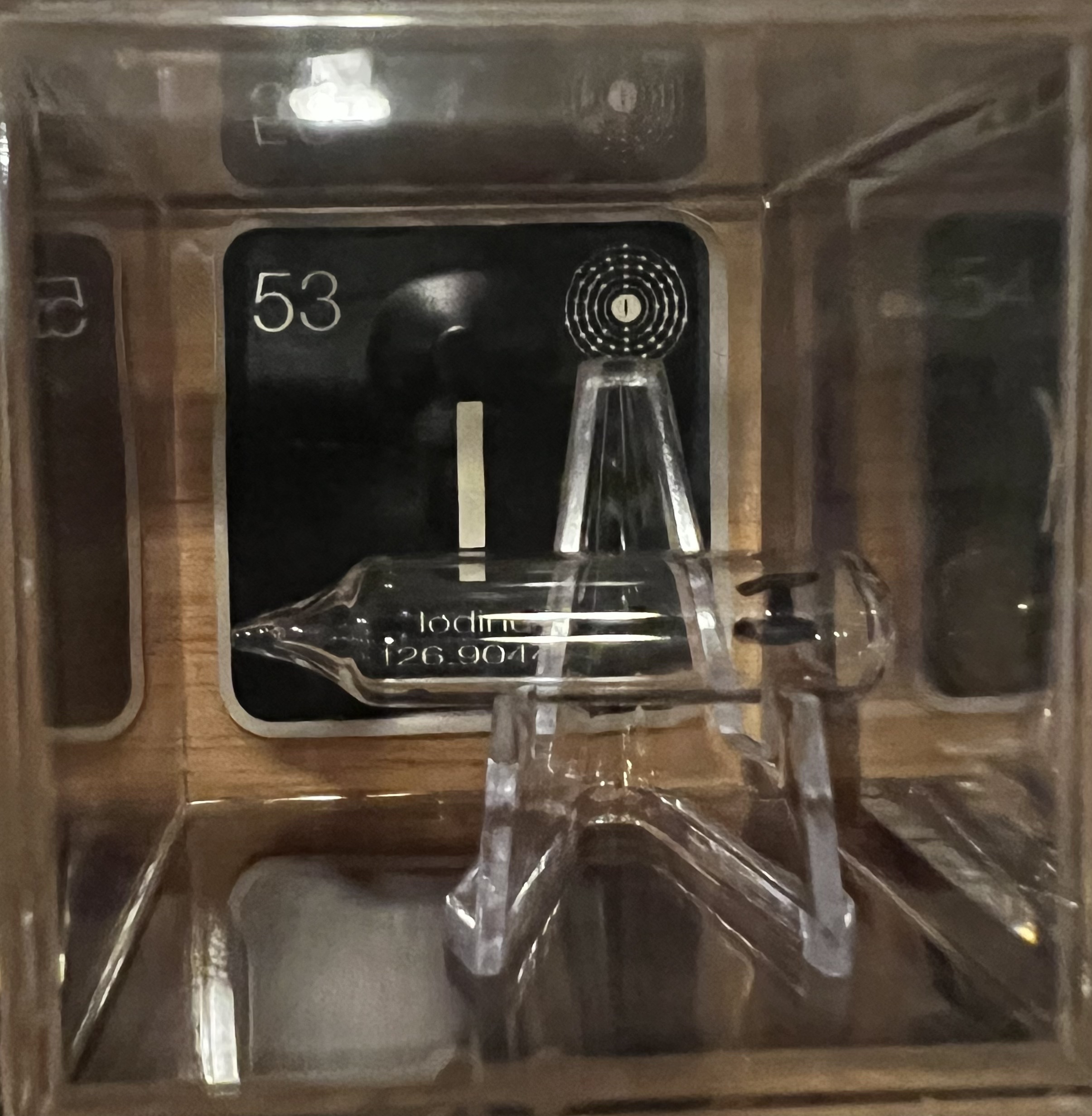

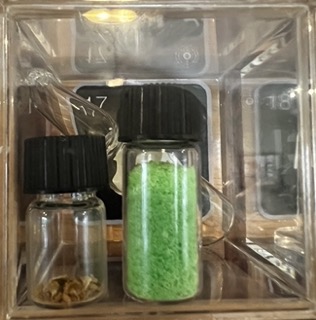
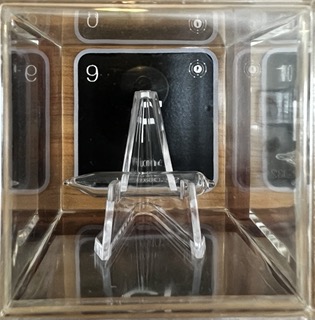
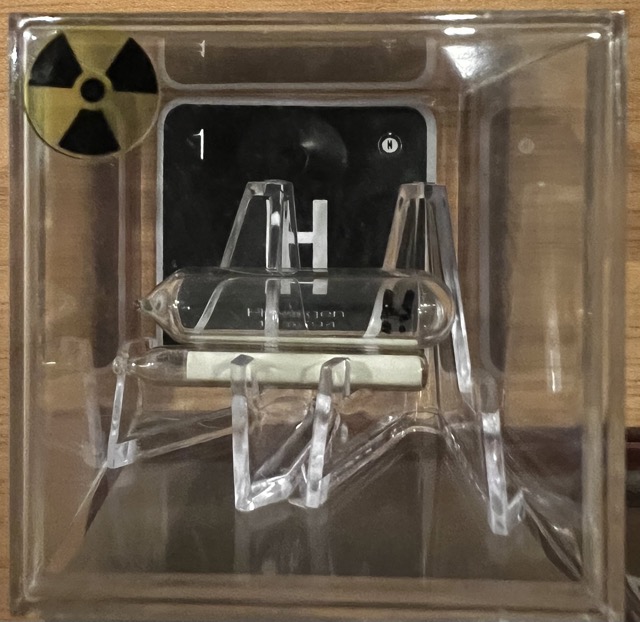
 using WordPress and
using WordPress and